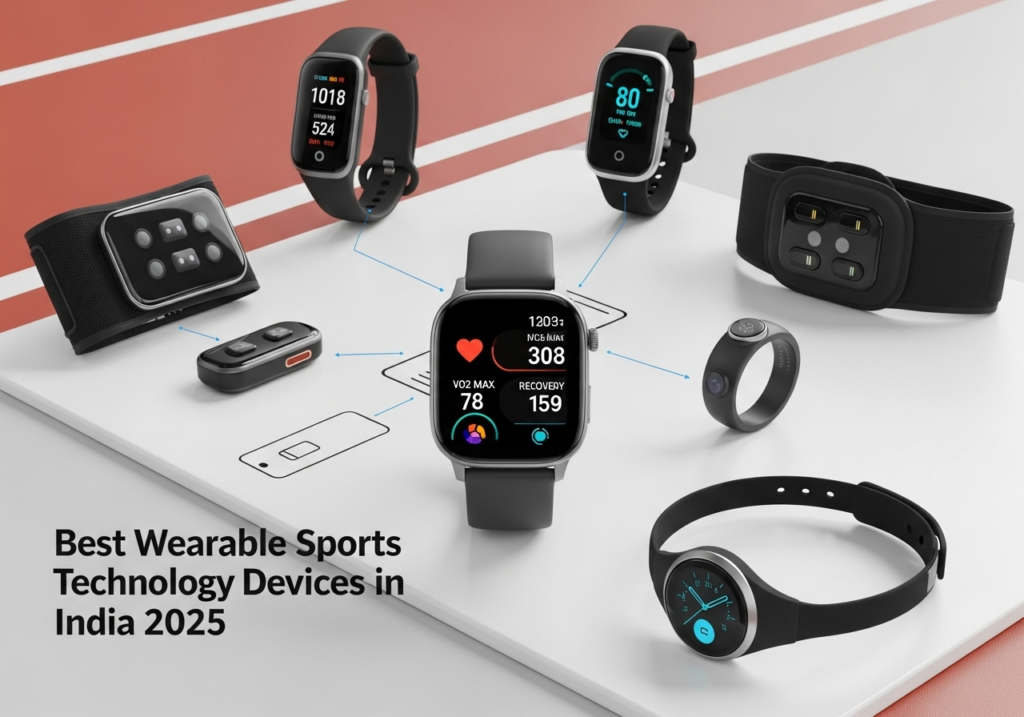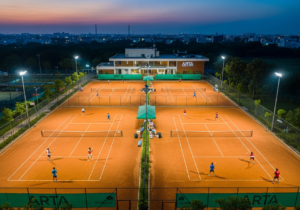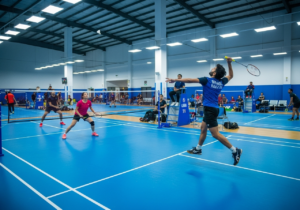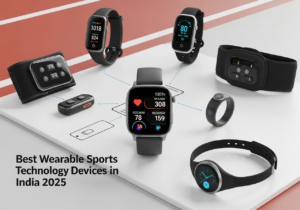Best Wearable Sports Technology Devices in India 2026

In 2026, sports performance in India is no longer defined by natural ability alone. The difference between an average athlete and a consistently high-performing one today lies in wearable sports technology: the silent coach tracking every stride, breath, and heartbeat. These devices have become integral to training routines across cricket nets, running tracks, and gym floors, allowing you to understand your body and push athletic limits responsibly.
As a sports enthusiast, you already know how motivation drives every session. Yet, raw drive without insight can lead to inconsistency or injury. That is where wearable innovations change the game. They provide clarity through data that transforms the way you perform in sports.
The State of Wearable Sports Technology
Wearable sports technology began as basic fitness bands tracking steps and calories. In India, that era has evolved rapidly. Today, athletes rely on compact devices powered by advanced sensors, AI analytics, and biomechanical tracking.
These tools interpret your training data in real time, helping refine decisions about endurance, speed, and recovery. You may be restarting sports in your 30s or optimising tournament performance, wearables have become a bridge between instinct and informed action.
Unlike the early days of generic trackers, modern wearable technologies in sports are purpose-built. They monitor sport-specific performance metrics, e.g., running cadence for sprinters, swing efficiency for cricketers, and breathing rhythm for swimmers. The insight they deliver brings science to every session, allowing you to train smarter and sustain progress long-term.
Latest Wearable Sports Technology Devices 2026
The best wearable sports technology devices in India fall into several functional categories, each with different athletic priorities.
1. Fitness and Activity Trackers
These remain the most accessible form of wearable sports technology. They measure basic health metrics, e.g., steps, heart rate, sleep, and calorie expenditure. For beginners or those returning to active life, these wearables provide the foundation for tracking physical consistency.
They also sync with mobile dashboards. You can visualise how daily effort accumulates into progress. Whether you’re walking, cycling, or playing, consistent monitoring develops self-awareness about physical readiness.
2. Smartwatches
Smartwatches have moved past basic notifications. New models integrate with specialised sports modes, delivering in-depth analytics such as VO₂ max, lactate threshold, recovery time, and training load. These insights mimic professional sports labs right on your wrist.
For Indian users, smartwatches have become particularly popular due to multilingual app interfaces, improved battery life, and regional data compatibility. The focus is now on actionable insights, knowing when to push and when to rest.
3. Performance Monitoring Wearables
These devices cater to athletes training with competitive intent. Sensors embedded in armbands, chest straps, or clothing measure muscle activation, joint stability, and exertion levels.
In professional cricket and football, such wearables analyse player workload to prevent fatigue-based injuries. For those practising drills to improve batting, these sensors assess swing angles, bat velocity, and stance alignment.
4. Wearable Recovery Tools
Recovery is the underappreciated half of training. Wearable recovery technology includes compression sleeves, sleep monitoring rings, and smart garments that measure rest quality.
They ensure your muscles regain strength efficiently and signal readiness for your next workout. Devices in this category integrate with nutrition and sleep-tracking platforms, forming a complete ecosystem for physical conditioning.
5. Mental Conditioning Wearables
Elite athletes credit their mental composure as much as their physical readiness. Mental conditioning techniques used by pro athletes are now supported by neurofeedback wearables.
Headbands and ear sensors track brainwave patterns during visualisation or meditation sessions. For sports professionals managing pressure, these tools are transforming psychological training into quantifiable progress.
Examples of Wearable Technology in Sport
Across India, wearable technology in professional sports is being integrated into mainstream coaching systems.
- Biomechanical sensors are used in cricket academies to analyse bowling action efficiency.
- GPS trackers in football that record sprint bursts, distance covered, and positional discipline.
- Smart compression wearables monitor muscle load for track athletes.
- Neurofeedback headbands enable focus training before tournaments.
- Heart-rate variability sensors that detect overtraining signs early.
Each example demonstrates how data-backed training minimises guesswork and sharpens decision-making.
Advantages and Disadvantages of Wearable Technology in Sport
| Advantages | Disadvantages |
| Tracks key metrics like heart rate, distance, and recovery for measurable improvement. | Overdependence on data can dull natural body awareness. |
| Identifies fatigue and strain early, reducing injury risk. | Excessive monitoring may trigger stress or training anxiety. |
| Adapts workouts and recovery to individual physiology. | Misread analytics can lead to poor training adjustments. |
| Drives consistency through visible progress feedback. | Constant comparison can cause mental fatigue or burnout. |
| Gives coaches reliable performance data for better decisions. | May undervalue observational insight during coaching. |
| Supports balanced conditioning through sleep and stress tracking. | Sensors can misread during high-intensity movement. |
| Makes professional-level insights accessible to Indian athletes. | Advanced wearables remain costly for entry-level users. |
| Integrates seamlessly with apps for holistic tracking. | Raises privacy concerns over stored health data. |
Choosing the Right Devices
Selecting wearable sports technology depends on your sporting discipline, fitness level, and goals. Major considerations include the below.
- Metric Relevance: Choose devices that measure sport-specific data. A runner needs a stride analysis; a batter benefits from motion sensors.
- Comfort and Fit: Extended wear should feel seamless during movement.
- Data Integration: Ensure compatibility with preferred training apps and analytics dashboards.
- Durability: For Indian climate conditions, device resilience is crucial.
- Battery Efficiency: Extended battery life supports longer sessions without constant charging interruptions.
By aligning these factors with your athletic goals, you can create a sustainable relationship with technology that enhances your performance journey.
Final Thoughts
Wearable sports technology has reshaped how athletes in India approach training and recovery. The ability to translate invisible physiological signals into actionable insight empowers you to push limits responsibly.
No matter your sport, age, or skill level, adopting wearable innovation means embracing a smarter path toward excellence. The technology doesn’t replace dedication; it amplifies it through awareness, precision, and purpose.
FAQs
How can wearable devices improve everyday sports training?
You can use wearable sports technology to track performance, recovery, and progress in real time. It highlights strengths and areas for improvement. Now you can structure training with better precision and consistency.
What are the examples of wearable technology in sport?
You can find wearable technology in sports across fitness trackers, smartwatches, GPS vests, motion sensors, recovery bands, and neurofeedback headsets. Each tracks specific metrics such as speed, workload, recovery, and focus to improve performance.
Are wearable devices useful for team-based sports?
Yes, wearable technology benefits team sports by tracking individual workload, positioning, and recovery. Coaches use shared data to balance training intensity. They use them to prevent injuries and maintain collective performance throughout a season.
Do wearables support mental conditioning in sports?
Absolutely, Some wearables measure stress, focus, and recovery patterns, helping you manage emotions and maintain composure during competition. They translate psychological readiness into measurable feedback for better focus and confidence.
How can beginners choose the right wearable?
Start by identifying your sport, fitness goals, and preferred metrics. Look for devices offering comfort, durability, and data accuracy without unnecessary features.




